Skin peels are a beauty method with naturally sourced acidic compounds to act on the skin’s surface in a controlled manner. This method promotes the natural skin turnover process, stimulates the shedding of old skin cells, promotes the growth of new skin cells, and repairs damaged skin cells. Therefore, skin peels are also called biological skin turnover.
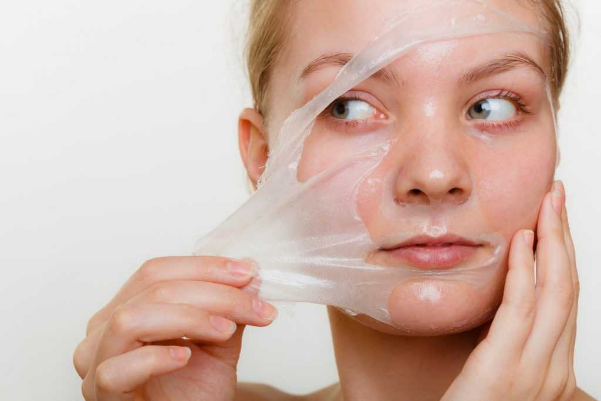
According to MD, MSc Thai Thanh Yen, from the Department of Dermatology – Aesthetic Medicine, University Medical Center in Ho Chi Minh City, there are still many misconceptions about this beauty method.
- All skin can be peeled
Many people mistakenly believe that any skin can be peeled, and that applying the peel for a long time and causing extensive shedding is better, and it can even eradicate acne, scars, and pigmentation. Not all skin types are suitable for peeling. Skin peels in general, like all other internal aesthetic procedures, have relatively effective results depending on individual conditions. Therefore, one should not overly expect the effectiveness and should only proceed when the skin is in its healthiest state.

Before undergoing the procedure, you should consult with a doctor, have your skin examined to determine its condition and type and choose the appropriate type of peel. Misusing or lacking knowledge about this method can permanently reduce or alter the pigmentation of the skin, worsening conditions like scars, acne, and pigmentation.
- Excessive use of chemical peels damages your skin
Peel products need to be carefully controlled, quality-assured, and certified safe by health authorities, approved for import and circulation by the Ministry of Health.
Using products with unclear ingredients, poor safety, unassured quality, or containing harmful banned substances can lead to serious complications and permanently damage the skin.
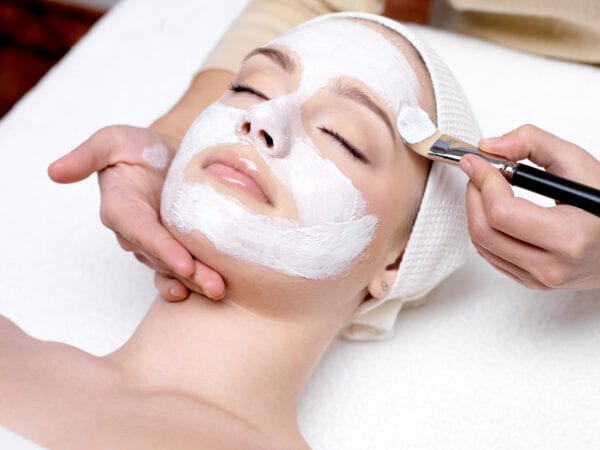
Commonly used chemical solutions include glycolic acid, trichloroacetic acid, salicylic acid, lactic acid, or carbolic acid (phenol). Different chemicals cause controlled damage, penetrating the skin to different depths and shedding it to reveal a new layer of skin. Therefore, not all skin conditions can be treated with any chemical peel.
The choice of a chemical depends on the treatment goal. In cases of moderation to deep skin peeling, consultation with a dermatologist is necessary.
- The longer you apply the medication, the more skin sheds
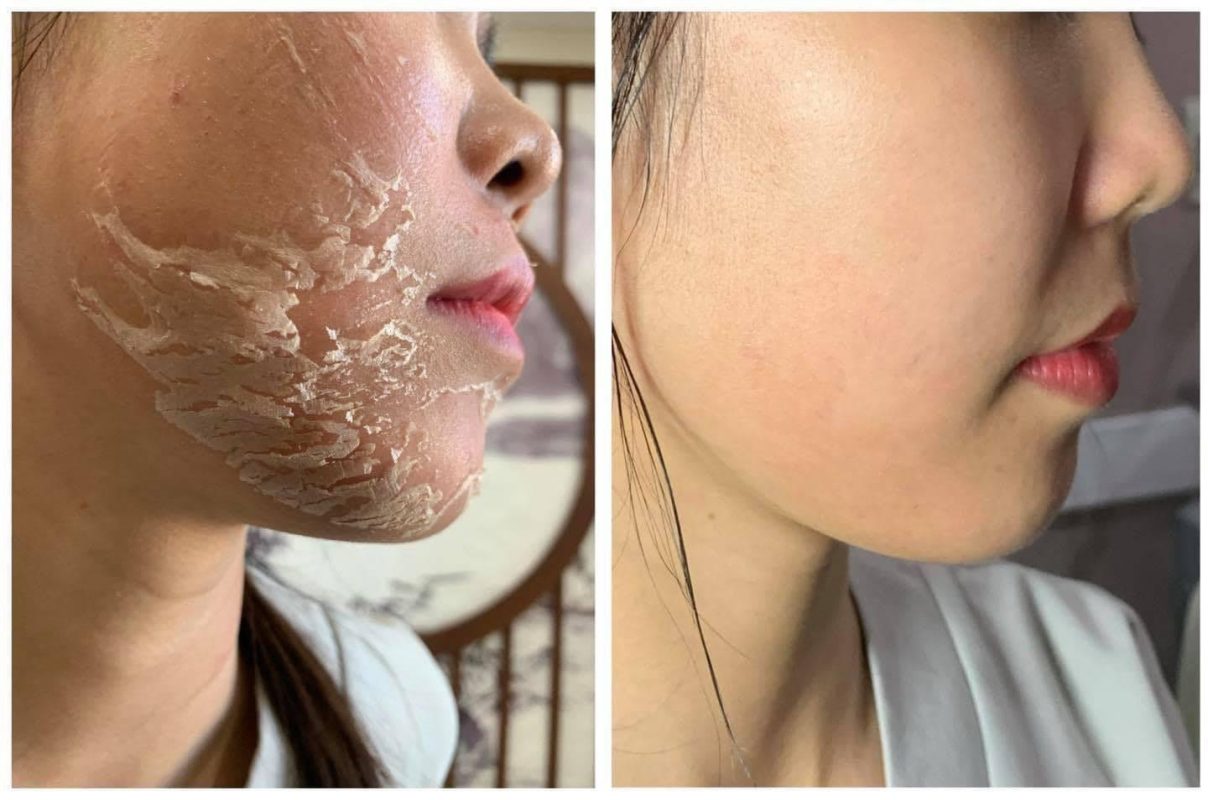
The amount of peel solution used depends on the purpose of skin turnover, whether it’s light, moderate, or deep. Applying too much medication or believing that deeper peeling and more shedding will make the skin more beautiful can result in unpredictable consequences such as skin redness, increased pigmentation after inflammation, scarring, and infection.
The time the peel solution remains on the skin should be controlled, so doctors must examine and provide appropriate recommendations. Generally, skin turnover should not be too frequent, with at least two weeks between procedures to ensure safety.
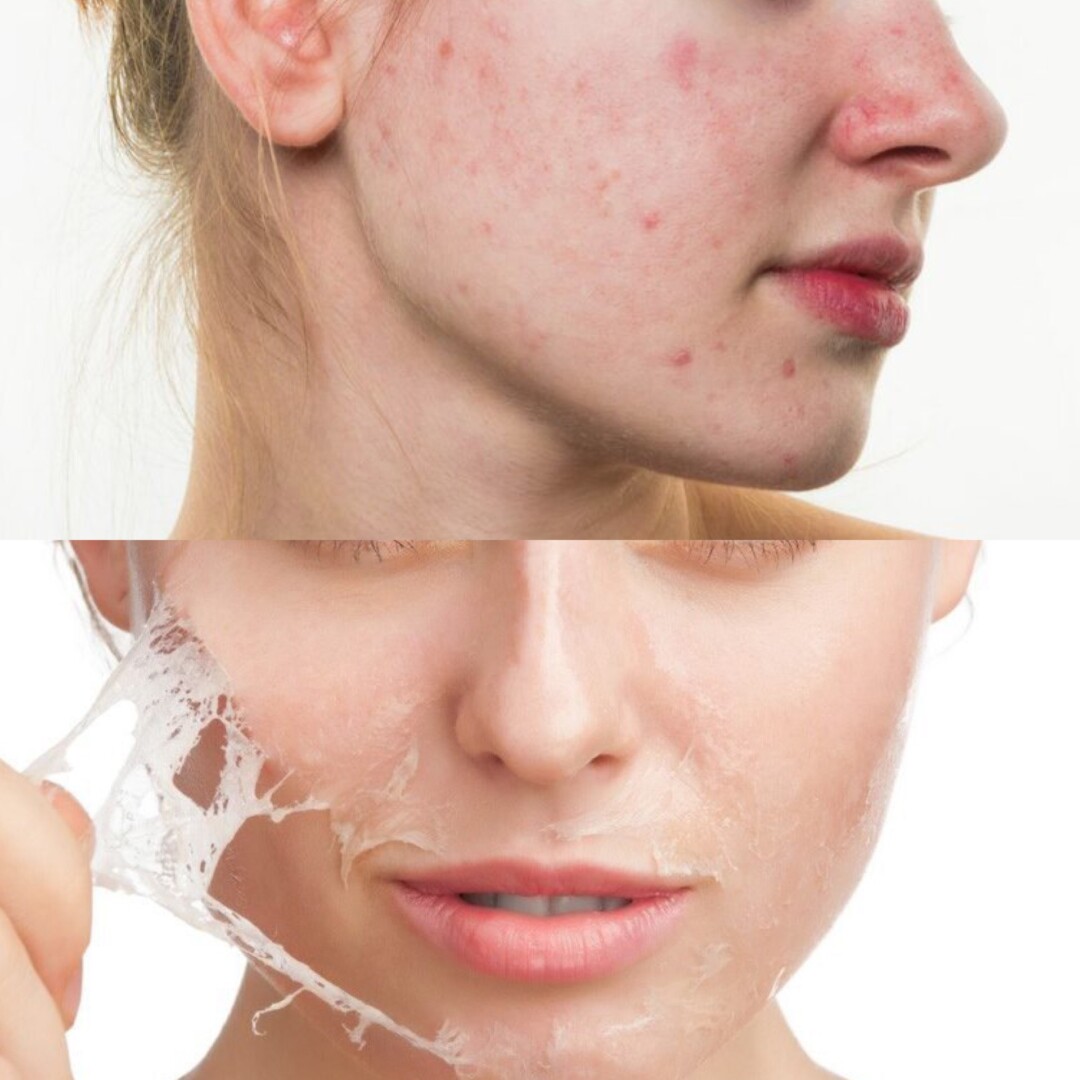
- All peel medications have the same effect
Peel medications have different effects depending on the active ingredients and the concentration of the solution. Their effects on the skin also vary: treating acne, supporting the improvement of aging and pigmentation conditions, brightening the skin, tightening pores, and controlling oiliness.
- Skin peels will “completely remove” acne, scars, pigmentation
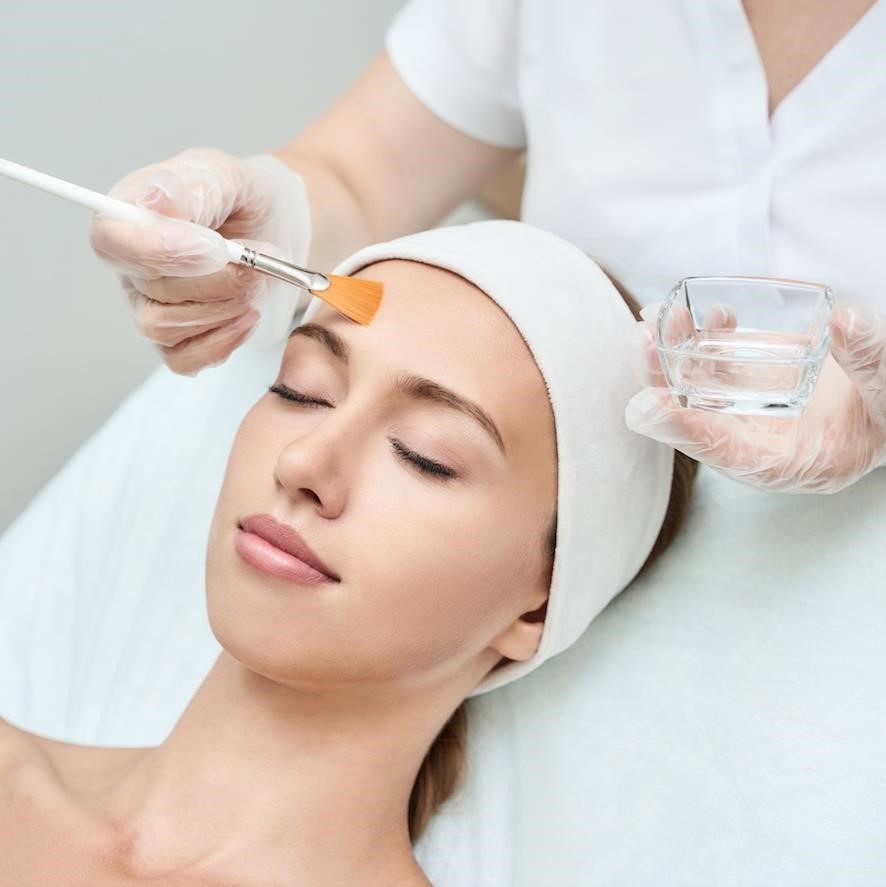
Skin peels are essentially a method to support the improvement of skin conditions. Depending on the condition and purpose of skin turnover, different peels with suitable concentrations and ingredients may be used.
Skin peels are not a simple or optimal method to completely “remove” acne, scars, pigmentation, etc. It’s advisable to combine other methods such as topical medications, oral medications, lasers, etc., for better effectiveness.

